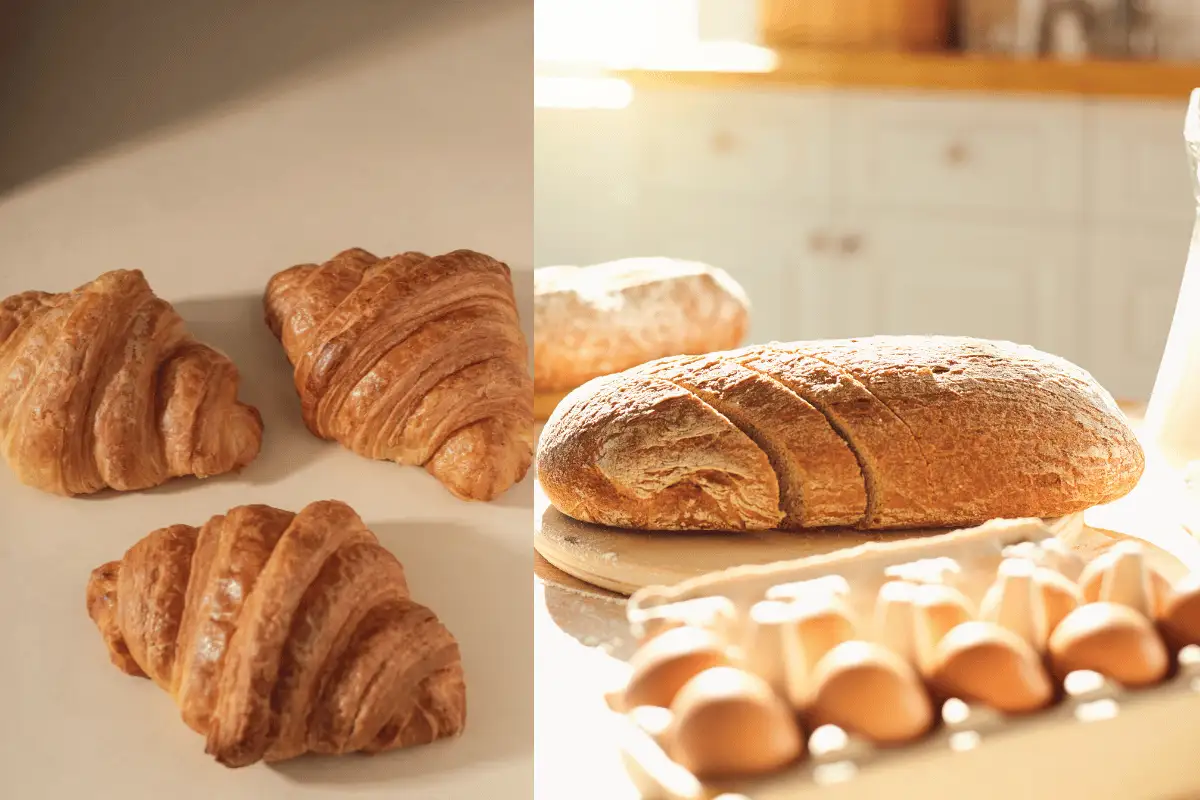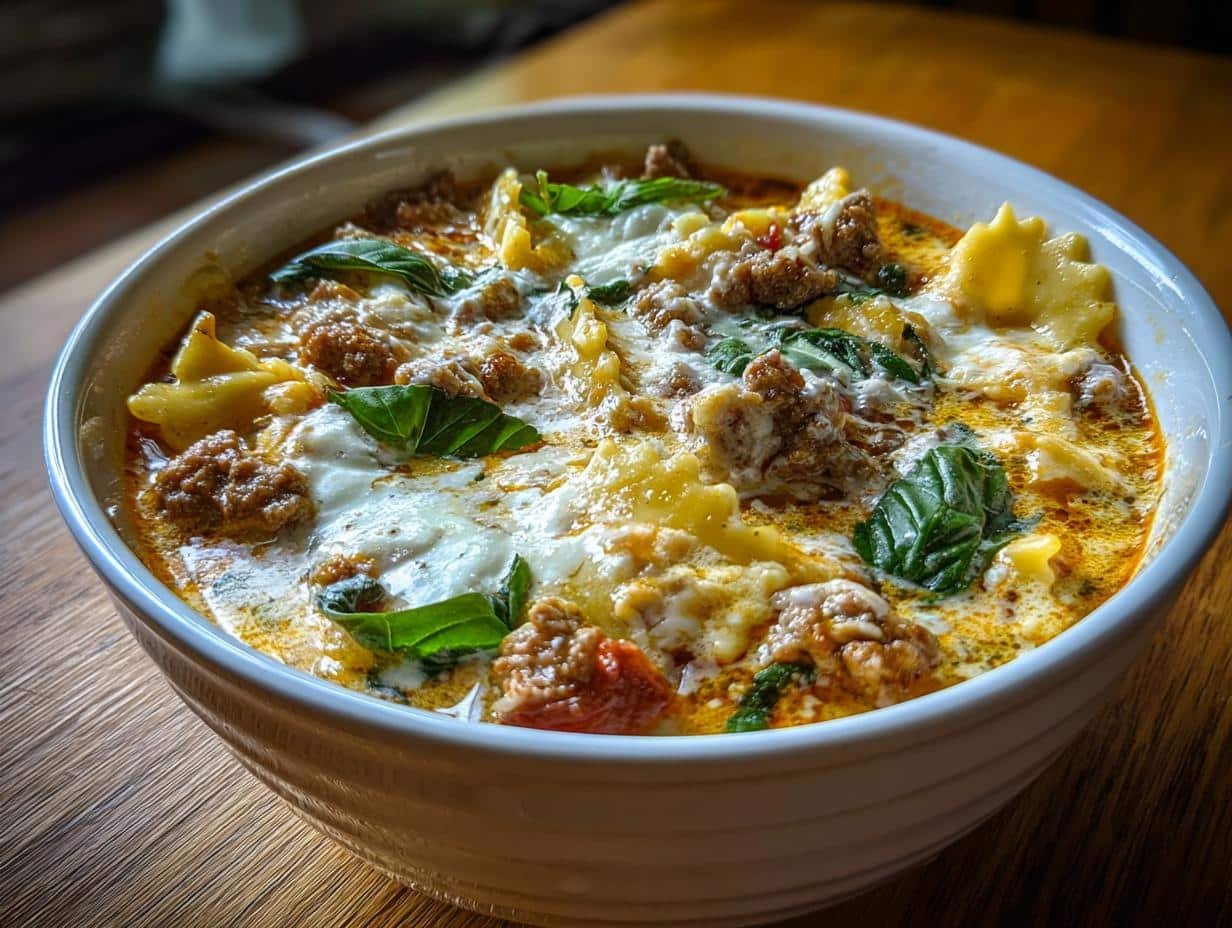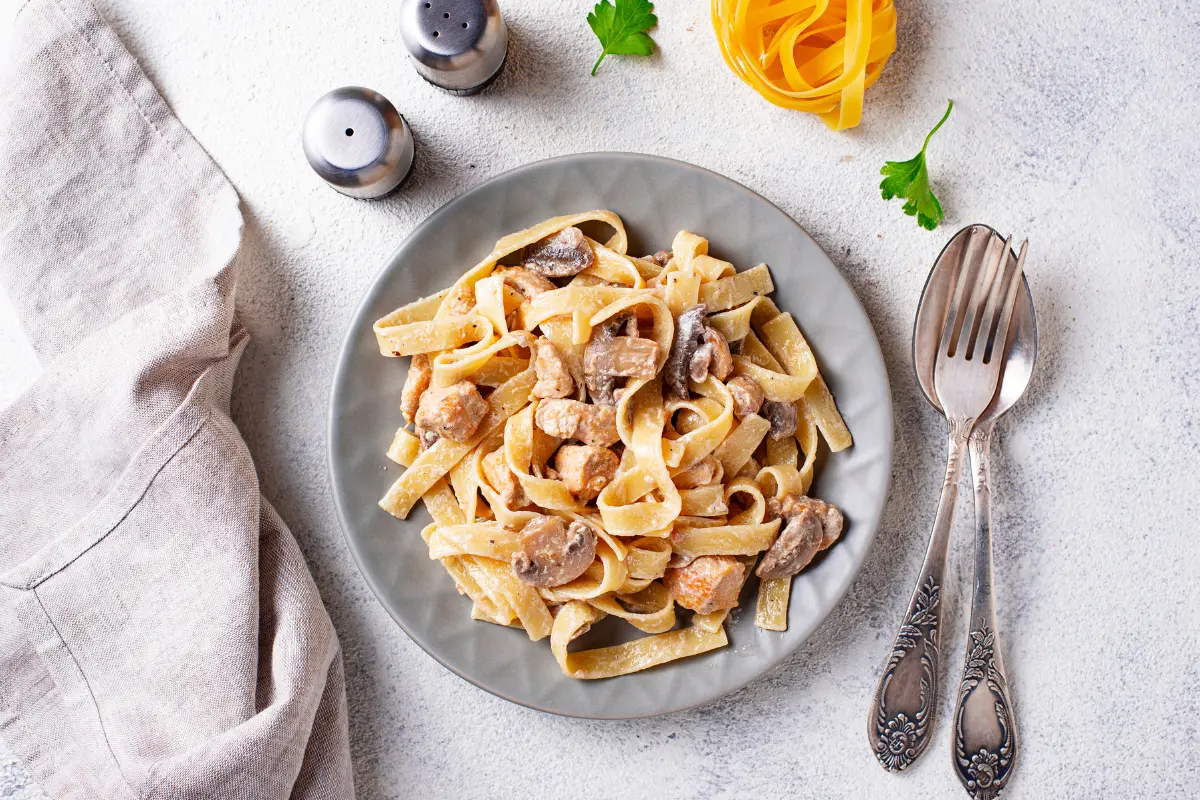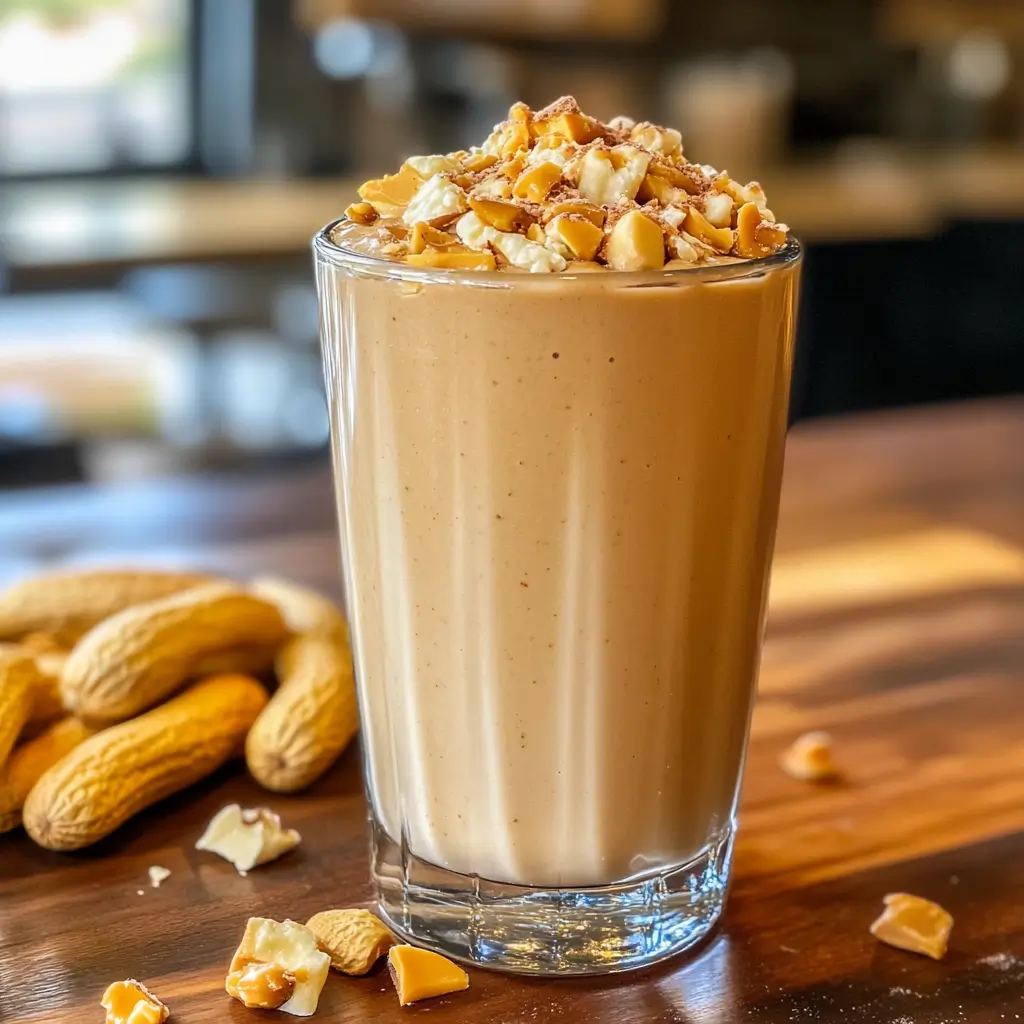In the culinary world, the debate between croissants and bread stretches far and wide, touching on aspects of taste, texture, nutrition, and cultural significance. This article embarks on a comprehensive journey to explore these beloved staples, diving deep into their origins, preparation methods, and the roles they play in our diets and societies. From the flaky layers of a croissant to the hearty slice of bread, we’ll unravel the mysteries that set them apart and the threads that weave them together.
Part 1: Introduction to Croissants and Bread
Introduction to Croissants
Ah, the croissant – a pastry that’s become nothing short of iconic. Is the Croissant Really French?, or so the popular tale goes, this buttery delight has a history as layered as its dough. But, did you know that its roots might trace back even further, possibly to the Austrian kipferl? That’s right! The croissant we know and love today is the result of culinary evolution, a testament to the art of baking. Made from a leavened variant of puff pastry, its preparation involves a meticulous process of layering dough and butter, then rolling and folding multiple times to achieve those irresistible, flaky layers.
Introduction to Bread
On the other hand, bread is as old as civilization itself, a fundamental part of human diet across cultures. From the simple flatbreads of ancient times to the dizzying array of loaves available today, bread comes in countless forms, each with its own set of ingredients and methods of preparation. Unlike croissants, which are more of a special treat, bread is often seen as a staple food, providing a significant source of carbohydrates and, depending on the flour used, various nutrients. The basic ingredients of bread include flour, water, yeast, and salt, but the magic lies in the way these simple components are transformed through the process of baking.
Both croissants and bread hold special places in the hearts and diets of people around the world. Yet, despite their shared status as beloved bakery items, they differ significantly in preparation, texture, and nutritional content. As we delve deeper into the nuances of these baked goods, we’ll discover more about what sets them apart and perhaps why one might be chosen over the other on any given morning. Stay tuned as we knead through the dough of history, culture, and culinary artistry to bring you the full story.
Part 2: Understanding Croissants and Bread
The Making of a Croissant
Diving into the world of croissants, it’s clear that these aren’t your average pastries. The journey to creating the perfect croissant is akin to a ballet in the kitchen, where precision meets grace. It begins with the détrempe, a basic dough made from flour, water, yeast, and milk. The magic, however, lies in the beurrage – a slab of butter that’s carefully enveloped within the dough. Through a process known as lamination, the dough is folded and rolled out repeatedly. This Mastering Croissant Bread Baking Guide, trapping air and butter between each fold. As the croissant bakes, the butter melts, producing steam that lifts the layers apart, resulting in that signature flaky texture and rich, buttery flavor. It’s a labor of love, requiring patience and skill, but the result? Absolutely worth it.
The Science of Bread Making
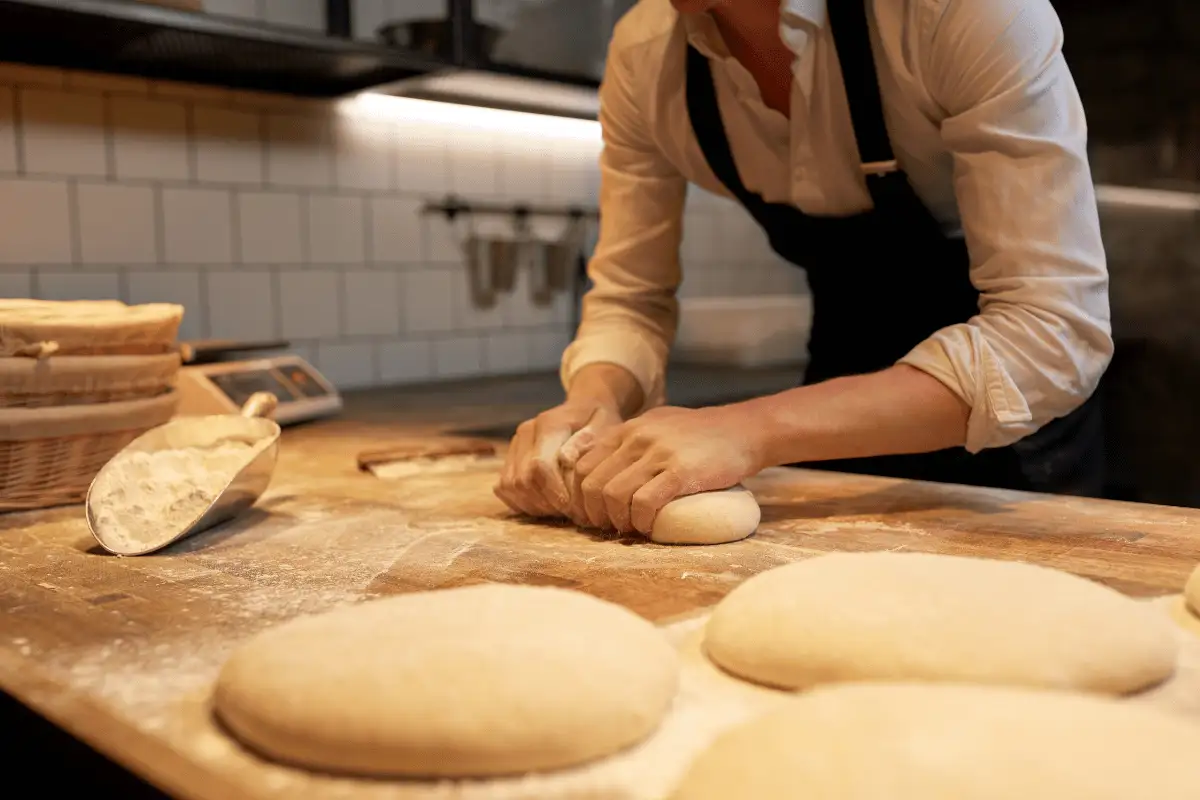
Bread, in contrast, embodies simplicity and versatility. The basic process of making bread – mixing, kneading, rising, and baking – might sound straightforward, but each step is crucial to the loaf’s final texture and taste. The key player here is yeast, a microorganism that feasts on the sugars in flour, releasing carbon dioxide in the process. The variety of bread, from sourdough to whole grain, stems from differences in flour, yeast, and additional ingredients like seeds or nuts. Unlike the croissant’s flaky layers, bread boasts a more uniform crumb, which can range from dense and hearty to light and airy, depending on the recipe. The art of bread-making might not involve as many steps as croissant lamination, but it’s no less fascinating, blending science and tradition in every loaf.
Both croissants and bread are marvels of baking, each with its own unique process and appeal. While croissants require a dance of dough and butter to achieve their luxurious layers, bread relies on the alchemy of yeast and gluten to create its comforting texture. As we continue to explore these staples, it becomes evident that their differences are as pronounced as their universal appeal. Whether you’re indulging in a buttery croissant or savoring a slice of freshly baked bread, the journey from flour to final product is a testament to the timeless art of baking.
Part 3: Nutritional Comparison
Nutritional Content of Croissants
When it comes to indulgence, croissants are often at the top of the list, but what’s the cost of this buttery delight on our daily nutritional intake? A standard croissant packs more than just flaky layers; it’s also rich in calories and fats, thanks to the generous amount of butter used in its creation. A single medium-sized croissant can contain around 230 to 270 calories, with fats accounting for a significant portion of these calories. While it does offer some proteins and minimal dietary fiber, the Croissant Bread Healthy leans heavily towards being an energy-dense treat rather than a nutrient-rich option.
Nutritional Content of Bread
Bread, in its myriad forms, presents a broader nutritional spectrum. The content significantly varies based on the type of bread. Whole grain bread, for instance, is a nutritional powerhouse, packed with fibers, vitamins, and minerals like iron, magnesium, and selenium. These nutrients contribute to better digestion, a lower risk of heart disease, and more stable blood sugar levels. On the flip side, white bread, made from refined flour, lacks these nutritional benefits, offering higher calories with less fiber and protein. The choice of bread can greatly influence your dietary intake, making it a versatile component of a balanced diet.
The nutritional showdown between croissants and bread highlights a clear distinction: while croissants may serve as a delectable treat, bread (especially whole grain varieties) offers a more substantial contribution to a healthy diet. This comparison underscores the importance of mindful eating choices, encouraging a preference for foods that not only satisfy our taste buds but also nourish our bodies. As we navigate through the aisles of baked goods, understanding these nutritional nuances can guide us towards making decisions that align with our health and wellness goals.
Part 4: Cultural Significance
Croissants in French Culture
The croissant, with its golden crust and tender interior, is more than just a pastry in France; it’s a Is the Croissant Really French?, deeply ingrained in the fabric of French society. Its presence at breakfast tables and patisseries across the country speaks volumes about its significance. However, the journey of the croissant to becoming a symbol of French culinary artistry is as layered as the pastry itself. Originally inspired by the Austrian kipferl, the croissant underwent a transformation in the hands of French bakers, who refined its recipe to the buttery delight known today. It’s not just a pastry; it’s a testament to France’s ability to embrace and enhance foreign influences, making them distinctly their own. The croissant represents the French flair for turning simple ingredients into something extraordinary, a culinary philosophy that resonates worldwide.
Bread in Global Cultures
Bread, on the other hand, holds a universal appeal, transcending cultural and geographical boundaries. Its significance varies from being a staple food in many societies to a symbol of shared life and community. In many cultures, bread is more than sustenance; it’s a part of rituals, traditions, and celebrations. For instance, in Jewish culture, challah, a braided bread, is central to the Sabbath meal, symbolizing joy and blessing. The global diversity of bread, from the flatbreads of the Middle East to the sourdough loaves of San Francisco, showcases the adaptability of this food to different climates, cultures, and culinary preferences.
The cultural significance of croissants and bread underscores their role not just as food items but as symbols of heritage and identity. While the croissant reflects the elegance and innovation of Is Croissant Bread Explained, bread, in its many forms, represents the universal human experience of nourishment and community. Both hold a special place in the hearts of those who enjoy them, embodying the traditions and values of their respective cultures. As we savor these baked goods, we partake in a rich tapestry of human history and culinary artistry that continues to evolve and inspire.
Part 5: FAQs (Based on ‘People Also Ask’)
Are croissants healthier than bread?
When it comes to health, it’s not just about choosing between croissants and bread but understanding the nutritional content of each. Generally, croissants are higher in calories and fats, primarily due to the butter that gives them their irresistible flakiness. On the flip side, bread, especially varieties made from whole grains, offers a broader range of nutrients including fiber, vitamins, and minerals. So, while a croissant might be a delightful treat for special occasions, whole grain breads are a more nutritious option for daily consumption.
Can croissants be considered a type of bread?
Ah, the age-old question! Technically, croissants and bread share some common ingredients: flour, water, yeast, and salt. However, the high butter content and the method of preparation set croissants apart. The lamination process, which involves folding butter into the dough multiple times, is unique to pastries like croissants. So, while they might be cousins in the vast family of baked goods, croissants are typically classified as pastries due to their richer texture and more complex preparation process.
Why do croissants have a flaky texture?
The secret behind the croissant’s flaky texture lies in the art of lamination. This technique involves layering dough with butter, then folding and rolling it several times. When baked, the water in the butter turns into steam, puffing up the layers of dough and creating those light, airy pockets that make croissants so delectable. It’s this meticulous process that transforms simple ingredients into a pastry with a texture that’s both tender and crisp.
How do serving sizes compare between croissants and bread?
Serving sizes can vary widely, but generally, a single croissant is considered one serving, offering a quick, albeit rich, snack or part of a breakfast. The key is balance and moderation, understanding how each fits into your overall dietary needs and preferences.
These FAQs shed light on common curiosities surrounding croissants and bread, highlighting their differences and the unique qualities that make each beloved around the world. Whether you’re team croissant or team bread, there’s no denying the joy that these baked goods bring to our tables and taste buds.
Part 6: Semantic SEO and Related Keywords
In the realm of digital content, understanding the nuances of semantic SEO is akin to finding the secret ingredient that makes your article not just visible but valuable to the reader. Let’s knead through the dough of semantic SEO, employing LSI (Latent Semantic Indexing) and NLP (Natural Language Processing) keywords to enrich our content on croissants and bread.
LSI and NLP Keywords
Incorporating LSI keywords such as “pastry vs bread,” “croissant dough,” “bread baking,” “French pastries,” “whole grain,” “gluten content,” “baking techniques,” and “culinary traditions” helps search engines grasp the context of our content. It’s not just about mentioning croissants and bread; it’s about creating a rich tapestry of related terms that enhance the article’s relevance and depth.
Similarly, NLP keywords like “croissant nutrition facts,” “artisan bread,” “baking at home,” “croissant recipe,” “sourdough bread,” “breakfast pastries,” “butter croissant,” and “yeast in baking” play a pivotal role. They align our content with the actual queries and conversational language used by our audience, making it more accessible and engaging.
Importance of Semantic SEO
The beauty of semantic SEO lies in its ability to connect with the reader on a deeper level. By weaving these LSI and NLP keywords throughout our content, we’re not just ticking off SEO boxes; we’re crafting an article that resonates with the curiosity and needs of our audience. It’s about painting a complete picture, where each keyword adds a stroke to the masterpiece that is our exploration of croissants and bread.
This approach not only boosts our visibility in search engine results but also enhances the reader’s experience. They come seeking answers and leave with a basket full of knowledge, enriched by the diverse and contextually relevant information we’ve provided. It’s a win-win, where the art of baking meets the science of SEO, creating content that’s both informative and delightful to consume.
As we continue to explore the fascinating world of croissants and bread, let’s remember that the essence of good content lies in its ability to inform, intrigue, and inspire. Through the strategic use of semantic SEO, we ensure that our article is not just found but savored, like the finest loaf of artisan bread or the most delicate croissant.
Part 7: Conclusion and Recommendations
As we wrap up our culinary journey through the world of croissants and bread, it’s clear that both hold a cherished place in the tapestry of global cuisine. Each offers a unique blend of tradition, taste, and technique, reflecting the diversity and richness of culinary arts across cultures. From the flaky, buttery layers of a croissant to the hearty, nourishing slice of bread, these staples of the bakery showcase the magic that can be created from simple ingredients.
Summary of Differences and Similarities
The journey has revealed the stark contrasts and subtle similarities between croissants and bread. While croissants are celebrated for their intricate layers and rich flavor, bread brings a comforting simplicity and versatility to our tables. The nutritional comparison highlighted the importance of making informed choices based on our dietary needs and preferences, with whole grain breads offering a nutrient-rich option and croissants serving as an indulgent treat.
The exploration of their cultural significance underscored the deep roots both have in their respective traditions, from the elegance of French patisseries to the communal spirit of bread shared across the globe. The FAQs addressed common curiosities, shedding light on the health aspects, classification, and unique characteristics of croissants and bread.
Choosing Between Croissants and Bread
In the end, the choice between croissants and bread might come down to personal preference, occasion, or dietary considerations. Whether you’re indulging in a croissant as a weekend treat or relying on bread as a daily staple, both offer comfort, satisfaction, and a connection to centuries of baking tradition.
For those inspired to bake at home, exploring Baking Techniques for Beginners can provide a solid foundation in the art of making both croissants and bread. It’s a rewarding endeavor that not only brings the joy of fresh, homemade baked goods but also deepens our appreciation for the skill and tradition behind these beloved items.
In conclusion, whether you lean towards the delicate complexity of a croissant or the wholesome simplicity of bread, each has its own story to tell. They remind us of the power of food to bring joy, nourish our bodies, and connect us to the wider world. So, here’s to the bakers, the early risers, and the culinary adventurers who continue to keep these traditions alive and well. May your croissants be flaky, your bread be warm, and your tables be filled with the people you love.
